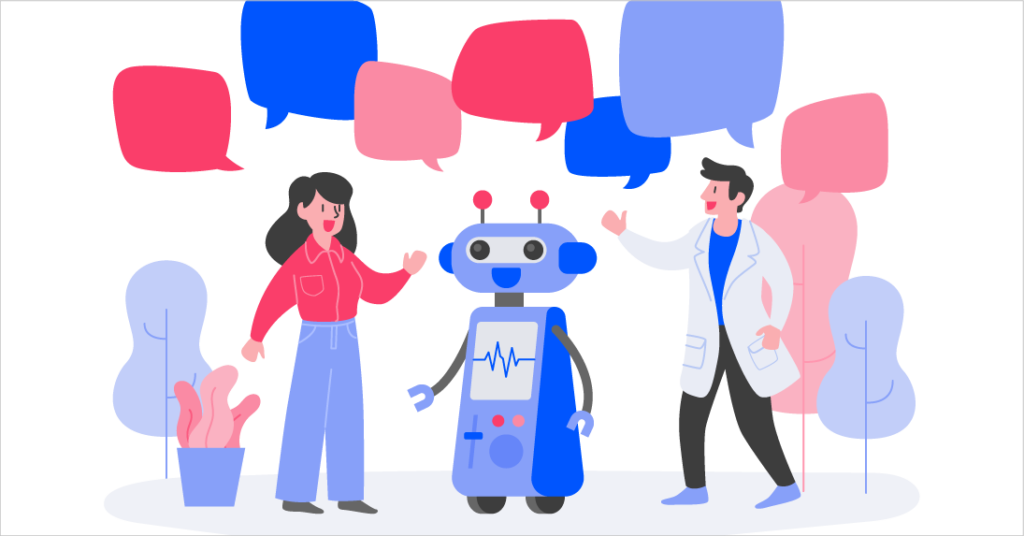Natural language processing can improve customer experience

Was your last interaction with a technical support phone agent positive? I recently spent more than two hours on the phone with an agent who was struggling to locate the right information and techniques needed to diagnose the fault with my oven. The outcome: the problem was not resolved and I’m planning to get back in touch when I next have two hours to kill.
I’m sure I’m not alone in experiencing frustrating interactions with customer and tech support professionals. As products become increasingly technical and complex, manufacturers’ technical teams are struggling to provide fast resolution to their customers’ problems in their efforts to improve overall customer experience (CX). Data (specifically, access to it) often lies at the heart of this struggle.
A growing problem faced by manufacturers is the explosion of data associated with any product. Data of many types is generated during each operation of a business cycle, from design through manufacture, sales, service, and EOL—and much of it is unstructured, raw, and in a proprietary or native format.
Data generated post sales, once the unit is installed, is of particular interest to customer experience professionals. Imagine a complicated home appliance such as a smart oven. Now think of all the service and support data associated with this product that is scattered across CRM systems, PDF documents, videos, HTML web pages, call transcripts, knowledge bases, internal tech support forums, external customer forums, and more.
To improve a customer’s experience during tech support interactions, we need to provide the customer service rep (CSR) with fast access to the right data at the right time. Retrieving the right data in the context of a specific customer support situation is one of the toughest technical challenges. Natural language processing (NLP) can assist here by transforming enormous volumes of raw service and support data into a valuable resource that can help customer support and field service teams gain a clear understanding of the problem reported by the customer, diagnose it quickly, and then determine the most expedient fix.
NLP: under the hood
The core objective of implementing NLP-based document search is to get the most relevant results from among all available sources. Conventional methods of document search involve taking words from a query string and looking for frequent occurrences of those words in documents. Documents that match are then listed together and compiled as a data set along with the frequently occurring words.
NLP search techniques go beyond that approach. In addition to locating matches for the search string, an NLP search will also locate synonyms or even words that sound similar. This helps broaden the search to include other relevant content and can yield results that more closely match the original intent of the query.
NLP is one of the fastest-developing areas of machine learning. Models from word2vec to BERT are changing the ways in which machines can understand the context and semantics of natural language text. Let’s say your customer reports a leak: the word ‘leak’ can have several meanings, depending on the context. Is this a gas or water leak? Does the work occur in the context of other words, such as water or pipe? By combining NLP with advanced semantic frameworks, your diagnostic powers are exponentially improved.
How NLP assists customer service operations
NLP is therefore a foundational technology for enabling both voice and text chat. Without it, a chatbot cannot meaningfully differentiate between the responses “Hello” and “Goodbye.” To a chatbot without NLP, “Hello” and “Goodbye” will both be nothing more than words; NLP provides context and meaning to these user inputs so that an AI can come up with the best response.
With these powerful techniques embedded in chatbots and search engines, CSRs and tech support agents can instantly tap into an organization’s comprehensive support corpus and answer customers’ questions with more speed and accuracy. Ubiquitous 24×7 available chatbots ensure that the customer does not have to wait on hold for an agent to become available, and can skilfully power self-serve customer support channels.
Customer service operations have traditionally been split into at least two tiers. The first tier of support is for commonly occurring queries whose resolutions are well documented, while the second tier is typically for more complex queries that require more expert support personnel. NLP is can help both these tiers perform with higher efficiency. The first tier of support is transitioning from human agents to chatbots that leverage NLP capabilities to understand customer interactions and intent. Those same NLP-based smart search techniques can similarly assist second-tier agents by directing the CSR to most pertinent knowledge bases and tech support documents.
At Bruviti, we are continuously enhancing our bot-engine and search algorithms with the latest machine-learning innovations. This ensures that our chatbots and search engines provide immediate value to our clients, while our machine-learning algorithms continue to learn and improve their capabilities while “on the job.”
